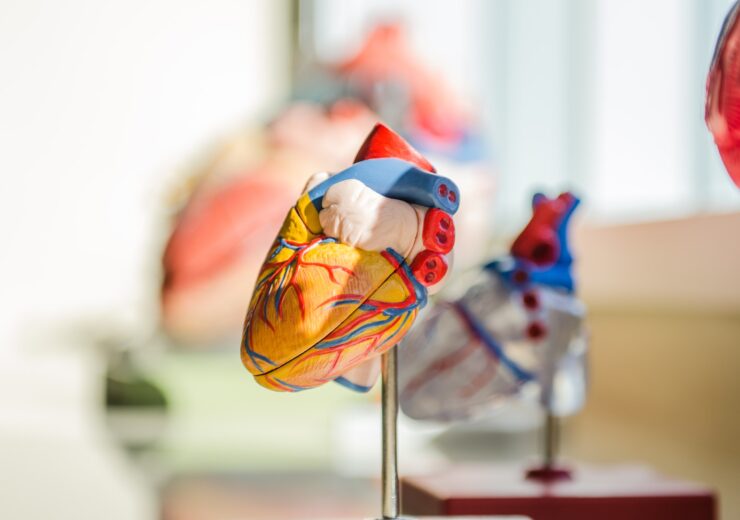The Biosense Webster QDOT MICRO Catheters and related accessory devices are designed for catheter-based cardiac electrophysiological mapping, including stimulating and recording

QDOT MICRO Catheters and related accessory devices are designed for catheter-based cardiac electrophysiological mapping. (Credit: jesse orrico on Unsplash)
Biosense Webster announced that its QDOT MICRO Catheter with the QMODE+ setting enhanced procedural efficiency and improved 12-month effectiveness without compromising safety in the Q-FFICIENCY study.
The improvement was seen with the catheter used alone or in combination with the QMODE setting.
The Biosense Webster QDOT MICRO Catheters and associated accessory devices are indicated for catheter-based cardiac electrophysiological mapping, including stimulating and recording.
Q-FFICIENCY assessed the safety and 12-month effectiveness of the QDOT MICRO Catheter in paroxysmal atrial fibrillation (AFib) ablation.
Biosense Webster, which is part of Johnson & Johnson MedTech, used a short-duration (QMODE+) mode combined with conventional-power temperature-controlled (QMODE) mode.
Q-FFICIENCY is a prospective, multicentre study, held across 22 centres in the US. It recruited 166 evaluable patients with drug-refractory symptomatic paroxysmal AFib.
According to the findings, the Kaplan-Meier method projected a 12-month rate for primary effectiveness success at 76.7%. The clinical success rate, which has been defined as freedom from symptomatic recurrence in the study, was found at 86.0%.
Biosense Webster said that the data indicated improved efficacy and efficiency against legacy catheters. Apart from that, the primary safety event rate was like in previous studies.
The primary safety endpoint of the Q-FFICIENCY study was determined as the incidence of primary adverse events within seven days of ablation.
The primary effectiveness endpoint was freedom from documented recurrence of atrial tachyarrhythmia and acute procedural, repeat ablation, and antiarrhythmic drug failure.
In the trial, the safety and efficacy endpoints were met, the medical technology company said.
Johnson & Johnson MedTech cardiovascular and specialty solutions group company group chairman Celine Martin said: “Biosense Webster has been dedicated to advancing innovation and driving better patient outcomes in AFib treatment for the past three decades, and QDOT MICRO is our latest innovation in focal RF ablation.
“As the Q-FFICIENCY trial demonstrated, use of temperature-controlled ablation for the treatment of AFib can be safe, effective and highly efficient, benefitting physicians and patients.”
The QDOT MICRO Catheter is said to be a next-generation RF ablation catheter, which was granted CE Mark in 2020 and approval from the US Food and Drug Administration (FDA) in 2022.
It is said to have advanced, high-energy ablation, optimised irrigation, enhanced temperature monitoring, and higher signal resolution.
